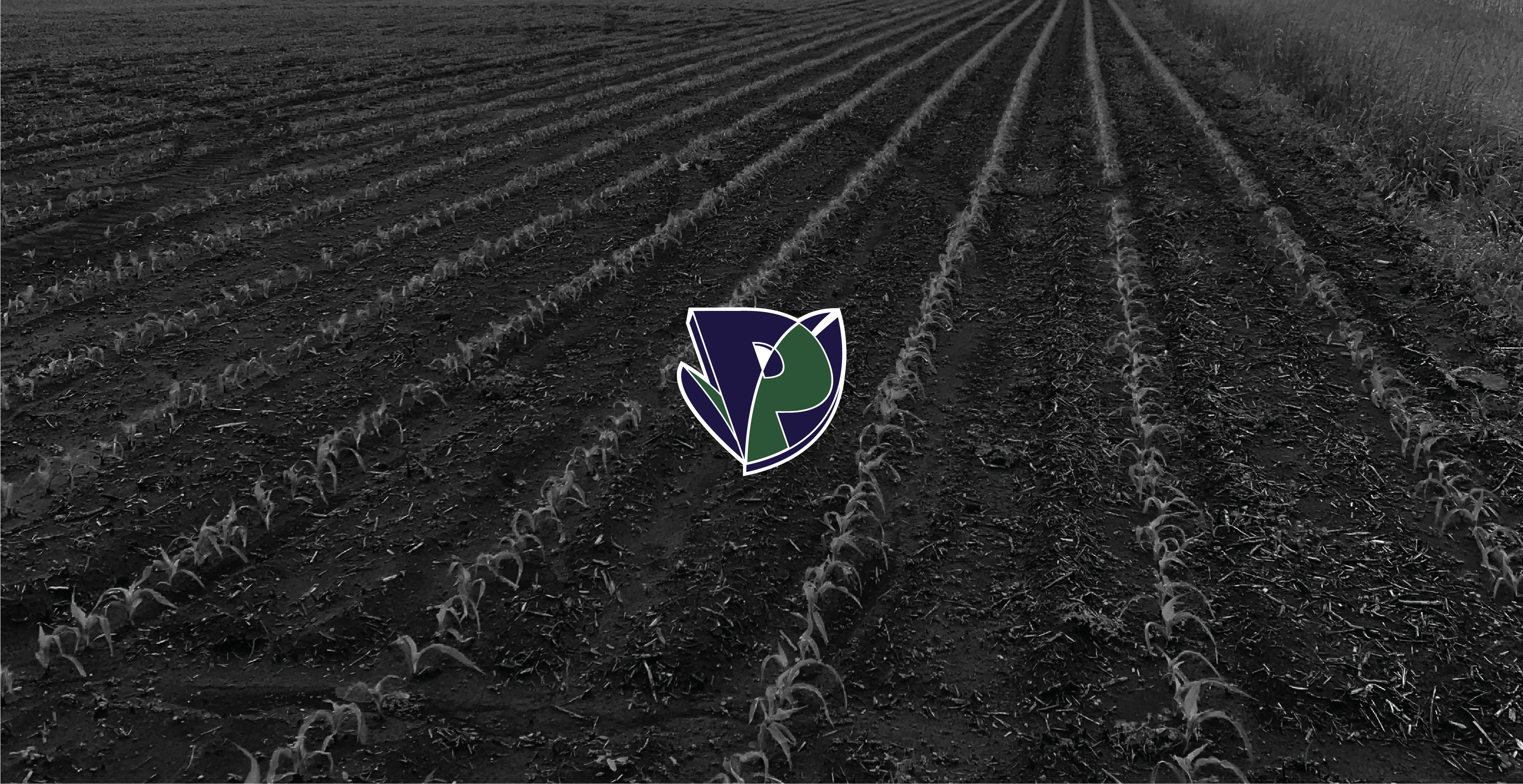Fertilizer Update
Posted on 2021-04-30
In today’s edition of the Pistorius Farms update, I want to briefly discuss fertilizers and our method of managing fertility. This subject probably deserves more attention than a short update, so we will come back to it in future updates to hopefully fully explain it. Proper fertilization is truly a balancing act. The goal is to ensure that a corn/soybean plant has adequate nutrients needed to achieve good yields, but not excessive nutrients, which could result in the plant being unable to absorb the nutrient and ultimately they end up being washed away into our streams and drinking waters. For us, this process begins with a soil test.
A soil test is a true sample of the dirt, taken 6” deep at determined areas across a given field that is collected and taken to a lab to be analyzed.
The results are provided to us, showing which areas of the field have high fertility and which areas don’t. This sample then gives us an idea of where we need more and where we need less of specific nutrients. There is much more to the process, but this gives you an idea of what a soil test is.

We use this data to compare what the soil currently has with what the plant is going to need to reach optimum yields and then make a fertilizer plan. In making this plan, there are several factors considered, but let’s start with the 4 R’s of Nutrient Management.
1. Right Source. I love a good steak. I could eat a good T-bone for every meal if it was on the menu. However, eating steak and steak alone everyday all week is not the best plan for a healthy body. A living corn plant is the same. A healthy plant needs Nitrogen, Potassium, Phosphorous, Sulfur, Zinc, Boron, Calcium and Manganese along with multiple other micro nutrients. If one of these is lacking, the plant will not function at an optimal level. Therefore, when we apply fertilizers it is important to make sure we are applying multiple forms. This is why the soil test is necessary. If a field is low in Phosphorous it is important to make a plan to fertilize phosphorus verses spending any extra fertilizer dollars on nutrients that are already adequate.
2. Right Time. Crops require specific levels of nutrition throughout a cropping season. Although the goal is for a corn or bean plant to never have a bad day, there are certain times throughout the life cycle that are more critical than others. One of these is shortly after emergence when a corn plant moves from living off of the seed starch to looking for food on its own. The second is around V4-V6 (12” -24”), when a corn plant is determining girth of the ear. The third occurs at V10- V12 (5’-8’) when the corn plant is deciding on how many kernels are in each row. Our goal is to see that plenty of nutrients are available at each of these stages.
3. Right Rate. As mentioned before, I have a love for a good ole T-bone. For a guy my size, it is probably reasonable for me to enjoy a 10 oz T-bone in a single sitting. I could eat more, but anything greater than that would not give me the same satisfaction as the first 10 oz. With a corn plant, we want it at the full potential all the time. A corn plant does not need all of its nitrogen at emergence. Therefore, to give the plant 100% of its food at emergence is probably not the most efficient use of food for the plant.

4. Right Place. The way that we look at the right placement of fertilizer is to “spoon feed” the plant. Nitrogen, Phosphorus, and Potassium are applied with the planter directly underneath the seed. This application gives the plant food as soon as its first roots come off of seed starch. In this application we are also adding an additional dose of nitrogen and sulfur 2” deep and 2” off to the side of the seed. As the plant grows roots laterally, it will have food available for uptake. The next application will come when the plants are 12”-24”, placed into the soil 6” deep and between the rows. This side dress application will give the plants another dose of nutrients as it starts to put kernels on the ends of the ears. The final dose will be the deeply placed nitrogen which should help in the kernel fill. The nitrogen application was deeply placed 8” into the soil along with a stabilizer in fall or early spring. Hopefully, under all the right conditions we are at least doing our part to make sure the plant is getting what it needs when it needs it!
Currently we are on the last 20% of the corn acres getting side dress nitrogen. With good temperatures and available moisture, the corn and soybeans plants are going to be moving up quickly. Other activities on the farm have included spraying, replanting, mowing and grain hauling.
Hope that all is well with you and your families. Summer is here... enjoy!!
Pete Pistorius